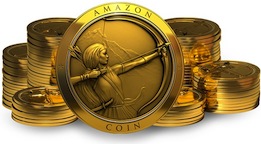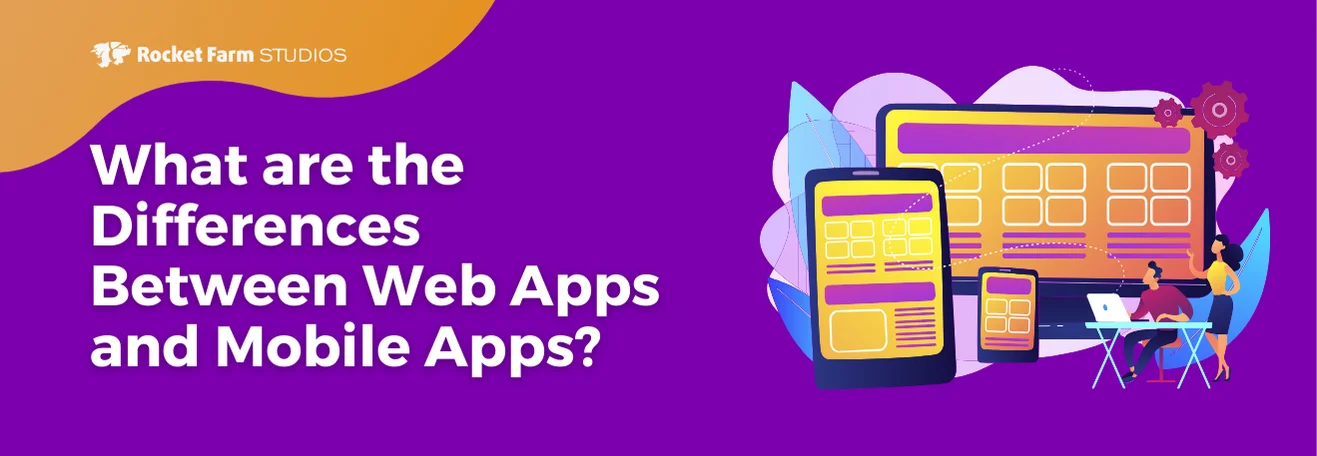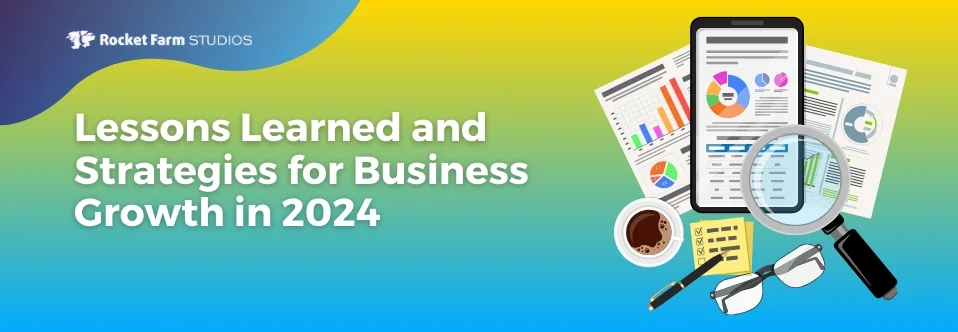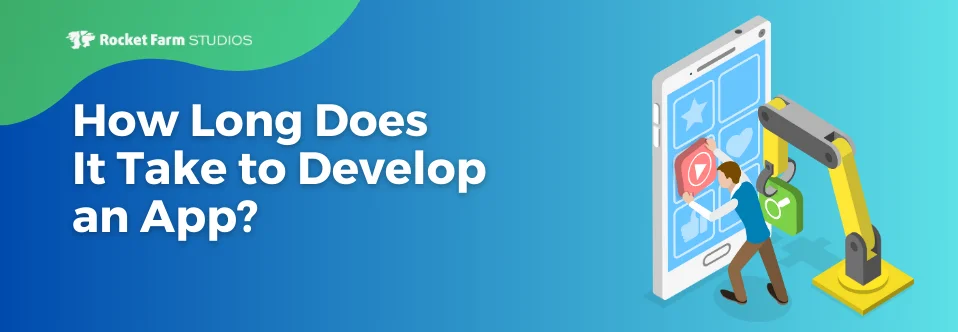
What’s with this digital currency craze right now? Bitcoin, Litecoin, this coin, that coin. They’re popping up everywhere. But what is Bitcoin? Well it’s a bit of a rabbit hole once you start looking into it, but it’s a digital cryptocurrency that you can trade with others and use to purchase goods anonymously. Some bigger players, including a social networking website, OkCupid, and an online food ordering service, Foodler, have even started accepting Bitcoins as payment. There are some other less notable virtual currencies floating around that you can read about here.

But why does Bitcoin matter? Well, technological innovation has always spurred monetary reformation and, in this day and age, in our hyper-connected digital world, digital transactions now dominate trade. So it’s worth looking into how digital currencies could affect e-commerce.
Let’s focus on Amazon’s recent play in creating their digital currency, Amazon Coins, for our analysis. The e-commerce giant made this move to bring more developers to its platform and to stimulate the Kindle app market. They included, for free, 500 Amazon Coins (about 5 dollars) with every new Kindle Fire. Each coin equates roughly to a penny unless you buy the coins in bulk in which case you see a decent discount—500 Coins cost $4.80, 1000 cost $9.50, 2500 cost $23, 5000 cost $45, and 10000 cost $90—a 10% discount. Bulk buying has the additional advantage of reducing fees, on both ends, by decreasing the quantity of costly credit card transactions.
So what could this mean for Amazon? With this new currency, Amazon will capture more cash from their customers earlier, and lock them into the Amazon marketplace. Brilliant, right? …Maybe not. Let’s think about the other big players—Apple, Microsoft, and Facebook. Apple hasn’t entered this market yet, and perhaps for good reason. Let’s recall a bit of history:

We see two different roads for Amazon Coins: (1) the digital currency makes buying apps simpler, locks in more users, and stimulates the Kindleconomy as customers are more willing to buy products when they aren’t spending real cash; or (2) the new currency will confuse users, instill trepidation as they constantly wonder how much they are actually spending, and the currency goes bunk, like all of the others.
Let’s see how it plays out.
Let me know what you think will happen!











